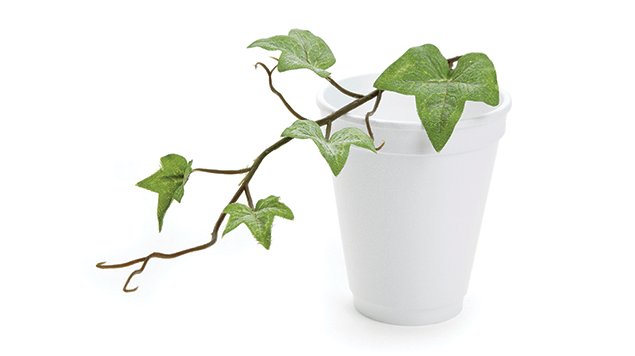Climate change has taken place throughout the history of the earth but this current warming trend is different from all the rest. We are experiencing the largest level of carbon dioxide ever, over 100 parts per billion greater since 1950 and hundreds of thousands of years before. That means it has taken less than 100 years to increase CO2 trapped in our atmosphere by approximately 33%! And, we are experiencing the effects: global temperature increase, rising sea levels, warming oceans and shrinking ice sheets. And of all of this monumental change impacts the world’s crops.

Coffee is the second-most traded commodity after oil, a 19 billion dollar industry worldwide, and it has been put at risk due to the effects of climate change. If you value your cuppa, like so many people do, it would be important to know just how climate change will affect all of us, from crop to cup.

Disease, Low Quality & Low Yield
A warming climate causes the coffee plant to have smaller blooms. Low flowering and fruiting and warmer temperatures make the coffee plants more susceptible to coffee pests, like the coffee borer beetle. John Connor, CEO of the Climate Institute “We’re already seeing some of those pests increasing their range and we’re already seeing higher temperatures affecting production and productivity.” Coffee rust, a burdensome fungal disease that at one point was under control because of the cool mountain weather has become an epidemic and is wreaking havoc on crops.

Farmers
Coffee is grown by an estimated 25 million farmers in more than 60 tropical countries. With damage to the coffee plants, farmers will experience heavy loss due to low yield. And such a loss will have a threatening impact to their livelihood. Ethiopia is in the midst of one of the worst droughts in 60 years. In Central America, an epidemic of coffee leaf rust fungus has led to the loss of 1.7 million jobs.

Zoning & Deforestation
Researchers have warned that the cultivation of the Arabica Coffee Plant, which accounts for approximately 70% of the coffee share, is under threat due to climate change. Rising temperatures and new rain patterns are limiting the areas where it can be grown because the plant itself is very sensitive to weather inconsistencies. Farmers will be forced to breed crops in order to change their genetics to help it to withstand new variables. But, breeding takes years and if the climate continues to change those efforts will likely be in vain. Another option would be to change where coffee is grown, which means clearing land in higher & cooler altitudes for new coffee plantations. However, this isn’t an option for everyone.

Impacts On Consumers, Supply & Prices
Global temperatures are expected to increase by 2-2.5C over the next few decades which causes experts to believe that major coffee producing countries will see a serious loss in harvest which. That translates to higher prices for less product. Dr Peter Läderach, a CCAFS climate change specialist, says that without new strategies, Brazil alone can expect its current Arabica production to drop by 25% by 2050. Molly Harriss Olson, the chief executive of Fairtrade Australia and New Zealand says “We’re fearful that by 2050, we might see as much as a 50 per cent decline in productivity and production of coffee around the world, which is not so good.”

It’s sad to think of spending an unsightly amount for a cup of coffee, which could one day happen, but imagine a world without it. Forecasting what the future could hold, based on research and evidence, help us to prepare, mend and fight against those outcomes and push for awareness.

